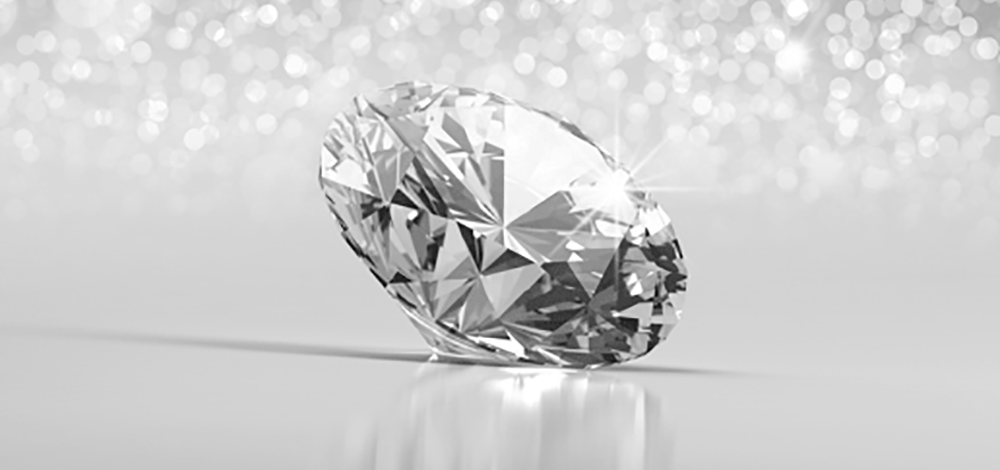Introduction to Lab Diamonds
Lab diamonds are sparkling their way into the spotlight, and it’s not just because they’re dazzlingly beautiful. These gems are revolutionizing our understanding of what diamonds are and how they fit into our lives and cultures. But what exactly are lab diamonds, and why are they causing such a buzz?
What Are Lab Diamonds?
Lab diamonds, also known as synthetic or cultured diamonds, are real diamonds created in a controlled environment rather than being mined from the earth. They have the same physical and chemical properties as natural diamonds. So, whether you find them in the ground or in a lab, they’re fundamentally the same.
How Are Lab Diamonds Made?
The creation of cultures and lab diamonds involves two primary methods: High Pressure High Temperature (HPHT) and Chemical Vapor Deposition (CVD).
HPHT mimics the extreme conditions under which natural diamonds form, using high pressure and temperature to crystallize carbon into diamonds.
CVD involves breaking down carbon-containing gases to deposit carbon onto a substrate, forming diamond crystals layer by layer.
Both methods produce diamonds that are virtually identical to natural ones, right down to their sparkle.
Historical Context of Diamonds in Cultures
Diamonds have always held a special place in human history and culture. Their allure goes way beyond their physical beauty, touching on aspects of power, status, and eternal love.
Diamonds in Ancient Civilizations
Indian Traditions
In ancient India, diamonds were not just a symbol of wealth but also held spiritual significance. They were believed to bring protection, strength, and invincibility. The use of diamonds in India dates back to the 4th century BCE, and they were often set into religious artifacts and royal regalia.
Ancient Greek and Roman Perspectives
The Greeks and Romans viewed diamonds as divine. They believed diamonds were tears of the gods, endowing them with mystical properties. Roman naturalist Pliny the Elder wrote about diamonds’ unmatched hardness and beauty, which contributed to their revered status.
Diamonds in Medieval Europe
During medieval times in Europe, diamonds were considered talismans of great power. They were believed to have the ability to heal, bring wisdom, and protect their bearers from harm. Their rarity and beauty made them symbols of ultimate wealth and power, often adorning the crowns and jewelry of royalty.
Modern Cultural Perspectives on Lab Diamonds
In today’s world, lab diamonds are making waves for a variety of reasons. They’re challenging long-held notions of value and ethics, and they’re making a mark in popular culture.
The Rise of Ethical Consumerism
Environmental Impact and Sustainability
Lab diamonds offer an appealing alternative for the environmentally conscious. Traditional diamond mining can cause significant environmental damage, including habitat destruction and pollution. In contrast, lab-grown diamonds have a much smaller ecological footprint, aligning with the growing trend towards sustainable and ethical consumption.
Human Rights Considerations
Conflict diamonds, also known as blood diamonds, have long been associated with human rights abuses. Lab diamonds provide a solution to this issue, as they are produced in controlled environments without the ethical concerns linked to mining.
Lab Diamonds in Popular Culture
Celebrity Endorsements
Celebrities are increasingly opting for lab grown diamonds, boosting their acceptance and appeal. Stars like Meghan Markle have showcased their lab-grown engagement rings, signaling a shift in attitudes towards these ethical alternatives.
Media and Film Representations
Lab diamonds are also making their way into film and media, further solidifying their place in popular culture. Whether it’s through storylines or product placements, they’re gaining recognition and respect in mainstream entertainment.
Comparing Lab Diamonds and Natural Diamonds
When considering lab diamonds versus natural ones, there are several aspects to weigh.
Physical and Chemical Differences
Scientifically, lab diamonds and natural diamonds are indistinguishable. Both are composed of carbon atoms arranged in a crystal lattice, giving them their characteristic brilliance and hardness. The main difference is their origin—natural diamonds are formed over millions of years, while lab diamonds are created in weeks.
Cultural and Emotional Value
Culturally and emotionally, natural diamonds carry a sense of heritage and history that lab diamonds are still building. Many people view natural diamonds as more authentic or precious due to their long geological journey. However, lab diamonds are gaining recognition for their own unique value, especially in terms of ethical considerations.
The Future of Lab Diamonds in Global Cultures
As technology advances, the role of lab diamonds in global cultures is likely to evolve.
Innovations in Lab-Grown Diamond Technology
Ongoing innovations in lab-grown diamond technology promise to make these gems even more accessible and varied. From advanced cutting techniques to unique color variations, the future looks bright for lab diamonds.
Predictions for Cultural Acceptance
Cultural acceptance of lab diamonds is expected to grow as more people become aware of their benefits. With increasing awareness and education, lab diamonds may become as culturally significant as their natural counterparts.
Conclusion
Lab diamonds are more than just a modern twist on a classic gem—they represent a significant shift in how we view value, ethics, and beauty. As we move forward, these diamonds are likely to become an integral part of our cultural and ethical landscapes, challenging traditional notions and paving the way for a more sustainable and responsible future. So, whether you’re a fan of their environmental benefits or just appreciate their stunning sparkle, lab diamonds are here to stay.

